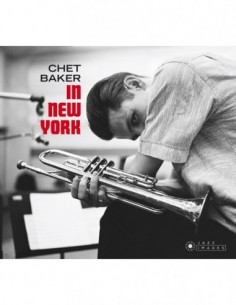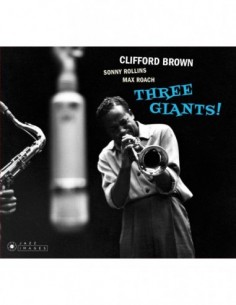Miles Davis was born in Alton, Illinois, on May 25, 1926, and died in Santa Monica on September 28, 1991. Shortly after Miles was born, the family moved to East St. Louis, where Miles' father established a successful dental practice.
While life for most of the African American community during the 1920s was difficult, Miles and his siblings lived comfortably. Miles' parents were college graduates, which allowed them to live in an upper-class neighborhood. His mother, Cleota Mae, was a music teacher, so Miles' interest in music emerged at an early age. When he was 13, he fell in love with jazz music and began taking trumpet lessons from a local musician named Elwood Buchanan.
Miles received the opportunity of a lifetime when he was selected to fill in for an ailing trumpet player in Billy Eckstine's orchestra. There, Miles played with some of the founders of bebop, including Dizzy Gillespie, Charlie Parker and vocalist Sarah Vaughn. Davis was especially attracted to Charlie Parker, whose style of playing included improvisational solos.
As soon as he moved to New York, Miles set out to find Charlie Parker. It took him several days, but he finally ran into Parker at a local nightclub. The two became fast friends, and even moved into an apartment together. Spending time with Charlie helped Miles perfect his playing, and he was chosen to record some sessions with Parker and Dizzy Gillespie. After a few months, Miles left the Juilliard School to pursue a career as a jazz player.
He began playing with the Charlie Parker Quintet, alongside jazz greats such as Parker and Max Roach. In 1947, he had the opportunity to write original songs for the Eckstine group, composing four original tunes of his own.
Later, he managed to put together his own quintet, with talented musicians such as saxophonist John Coltrane and drummer Philly Joe Jones. The group recorded four albums in 1956, including "Cookin' with the Miles Davis Quintet" and "Relaxin' with the Miles Davis Quintet". In 1958, Miles formed a slightly different group with a sixth member, and the sextet recorded the album "Miles Davis Milestones".
 Cookie preferences
Cookie preferences
























































